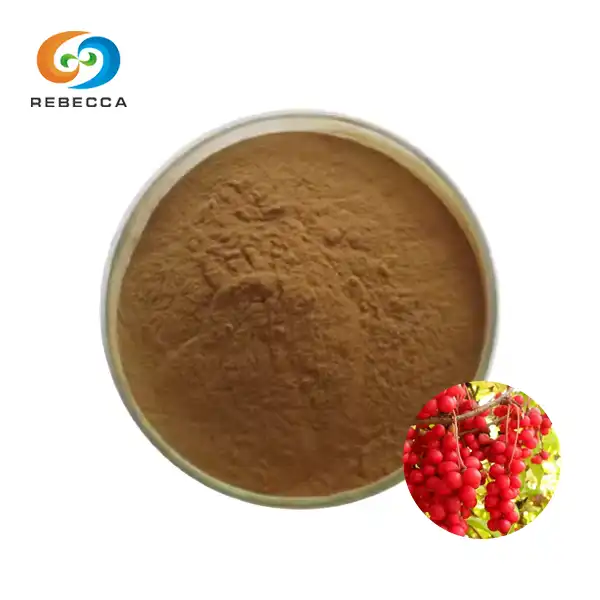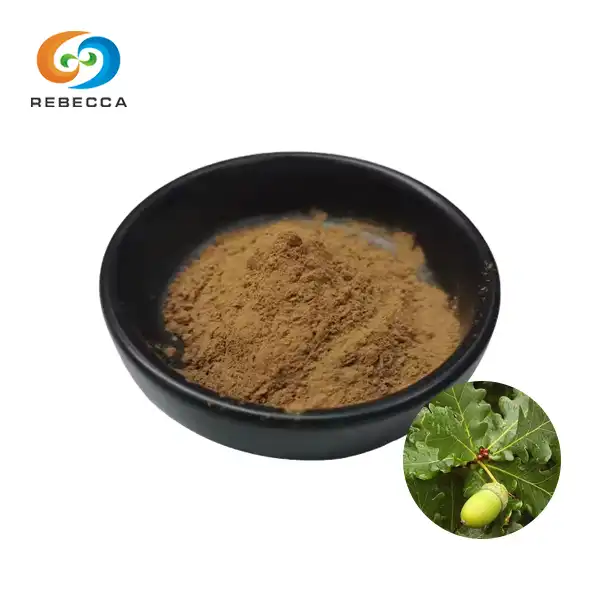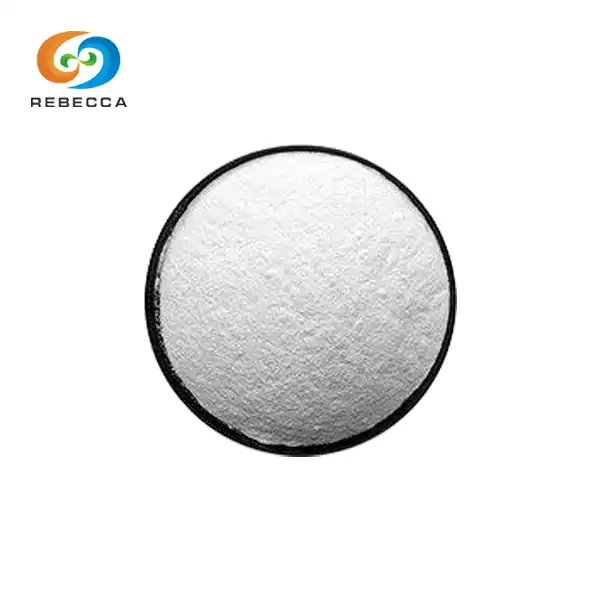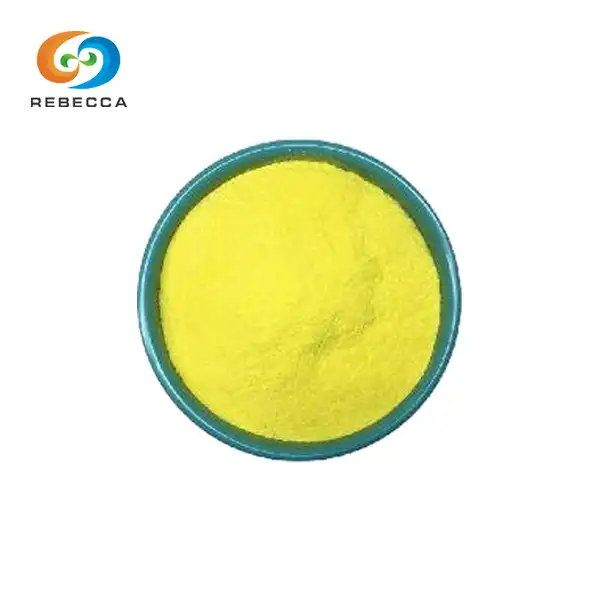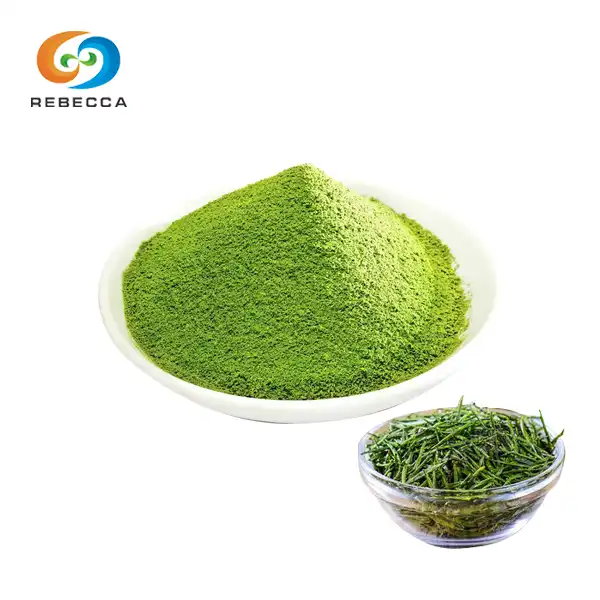Pterostilbene Benefits
Pterostilbene extract has been gaining attention in recent years as a potent antioxidant with numerous potential health benefits. This naturally occurring compound, found in blueberries and other plants, is closely related to resveratrol but may offer even more powerful effects. In this article, we'll explore the benefits of pterostilbene, what makes it such an effective antioxidant, its impact on heart health, and the best natural sources from which to obtain it.
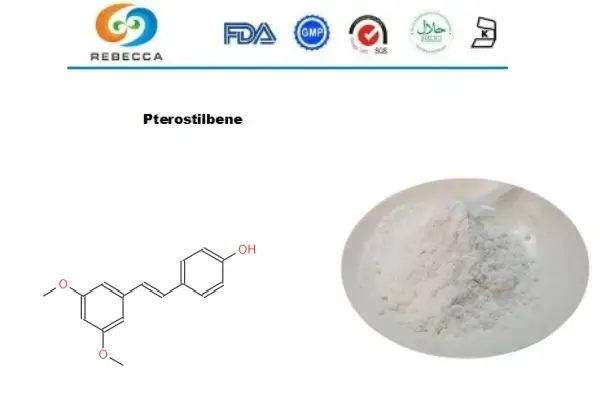
What Makes Pterostilbene a Powerful Antioxidant?
Pterostilbene is a polyphenol compound that belongs to a class of antioxidants called stilbenes. Its chemical structure is very similar to resveratrol, another well-known antioxidant, but pterostilbene has some key differences that may make it even more effective:
- Higher bioavailability: Bioavailability is a crucial factor in determining how effectively a compound can be utilized by the body. Pterostilbene has a distinct advantage in this regard. The human digestive system is a complex environment, and for a compound to be absorbed, it must navigate through various barriers. Pterostilbene's molecular structure enables it to bypass these barriers more efficiently than resveratrol. Once ingested, it is more readily taken up by the intestinal epithelial cells. This enhanced absorption means that a larger proportion of the ingested pterostilbene enters the bloodstream. Moreover, it has a longer half-life in the bloodstream, remaining active for an extended period. This extended activity allows it to continuously exert its beneficial effects throughout the body, rather than being quickly metabolized and eliminated like some other compounds. For example, in a study comparing the pharmacokinetics of pterostilbene and resveratrol in human subjects, pterostilbene was detected in the bloodstream at higher concentrations and for a longer time following ingestion, highlighting its superior bioavailability.
- Increased lipophilicity: Lipophilicity refers to a compound's affinity for lipids or fats. Pterostilbene's chemical structure is such that it has an increased ability to dissolve in lipid-rich environments. Cell membranes are composed of a lipid bilayer, and for a compound to exert its effects within cells, it must be able to cross this membrane. Pterostilbene's lipophilic nature allows it to penetrate these cell membranes. Once inside the cell, it can interact with various cellular components, such as proteins, enzymes, and genetic material. This enhanced access to the intracellular environment means that pterostilbene can target and modulate cellular processes more effectively. In contrast, compounds with poor lipophilicity may struggle to cross the cell membrane and thus have a limited impact on intracellular functions. In a laboratory experiment using cell cultures, pterostilbene was observed to accumulate rapidly within cells, demonstrating its ability to cross cell membranes with ease due to its lipophilic properties.
- Potent free radical scavenging: Free radicals are unstable molecules that are constantly generated in the body as by products of normal metabolism, as well as in response to external factors such as environmental toxins, radiation, and stress. These free radicals are highly reactive and can cause damage to cells by oxidizing cellular components, including lipids, proteins, and DNA. This oxidative damage is associated with a wide range of health problems, including aging, cancer, cardiovascular diseases, and neurodegenerative disorders. Pterostilbene is highly effective at neutralizing these harmful free radicals. It does so by donating an electron to the free radical, thereby stabilizing it and preventing it from causing further damage. The molecular structure of pterostilbene contains multiple reactive sites that can readily interact with free radicals. In vitro studies have shown that pterostilbene can scavenge a variety of free radicals, including superoxide anions, hydroxyl radicals, and peroxyl radicals, with remarkable efficiency. This potent free radical scavenging ability is a key factor in its role as a powerful antioxidant.
These properties allow pterostilbene to exert powerful antioxidant and anti-inflammatory effects throughout the body. Research has shown pterostilbene may help protect against oxidative stress, DNA damage, and cellular aging. Its antioxidant capacity appears to be superior to many other natural compounds, making pterostilbene extract a promising supplement for supporting overall health and longevity.

Can Pterostilbene Improve Heart Health?
One of the most exciting areas of pterostilbene research is its potential to support cardiovascular health. Several studies have demonstrated that pterostilbene may offer multiple benefits for heart health:
- Lowering cholesterol: Pterostilbene has been shown to help reduce LDL (bad) cholesterol levels while increasing HDL (good) cholesterol.
- Decreasing inflammation: The anti-inflammatory effects of pterostilbene may help protect blood vessels and reduce the risk of atherosclerosis.
- Regulating blood pressure: Some research indicates pterostilbene may help relax blood vessels and improve blood flow, potentially lowering blood pressure.
- Preventing oxidation of LDL: By inhibiting LDL oxidation, pterostilbene may help prevent the formation of arterial plaque.
While more research is needed, these preliminary findings suggest that pterostilbene extract could be a valuable tool for supporting heart health and reducing cardiovascular disease risk. Its multi-faceted effects on different aspects of heart health make it a promising natural compound for maintaining a healthy cardiovascular system.

What Are the Best Natural Sources of Pterostilbene?
Although pterostilbene can be found in small amounts in various plants, there are a few key natural sources that contain higher concentrations:
- Blueberries: Wild blueberries, in particular, are one of the richest dietary sources of pterostilbene.
- Grapes: Both red and purple grapes contain pterostilbene, especially in their skins.
- Cranberries: These tart berries provide a modest amount of pterostilbene.
- Peanuts: Raw peanuts contain small amounts of pterostilbene.
- Indian Kino (Pterocarpus marsupium): The bark of this tree is traditionally used in Ayurvedic medicine and contains pterostilbene.
While these natural sources can provide some pterostilbene, the amounts are relatively small. To achieve therapeutic doses, many people turn to pterostilbene extract supplements. These concentrated forms allow for a higher, more consistent intake of this beneficial compound.
It's important to note that pterostilbene content can vary widely depending on growing conditions, processing methods, and other factors. Additionally, the bioavailability of pterostilbene from food sources may be lower than from concentrated extracts. For those seeking to maximize the potential benefits of pterostilbene, a high-quality supplement may be the most effective option.

Pterostilbene Extract Supplier
Pterostilbene shows immense promise as a powerful antioxidant with wide-ranging health benefits. Its superior bioavailability and potent effects make it an exciting compound for supporting heart health, combating oxidative stress, and promoting longevity. While natural sources like blueberries can provide some pterostilbene, supplements offer a more concentrated and reliable way to harness its potential.
For pharmaceutical companies, healthcare product manufacturers, and other industries interested in incorporating it into their formulations, choosing a high-quality supplier is crucial. Rebecca Bio-Tech offers premium pterostilbene extract with guaranteed purity, potency, and stability. Our team of experts ensures timely delivery, rigorous quality control, and excellent after-sales service to meet the needs of discerning customers.
To learn more about our products and how they can enhance your products, please contact us at information@sxrebecca.com. Our knowledgeable staff will be happy to discuss your specific requirements and provide tailored solutions for your business.
References
- McCormack, D., & McFadden, D. (2013). A review of pterostilbene antioxidant activity and disease modification. Oxidative medicine and cellular longevity, 2013, 575482.
- Kosuru, R., Rai, U., Prakash, S., Singh, A., & Singh, S. (2016). Promising therapeutic potential of pterostilbene and its mechanistic insight based on preclinical evidence. European journal of pharmacology, 789, 229-243.
- Remsberg, C. M., Yáñez, J. A., Ohgami, Y., Vega-Villa, K. R., Rimando, A. M., & Davies, N. M. (2008). Pharmacometrics of pterostilbene: preclinical pharmacokinetics and metabolism, anticancer, antiinflammatory, antioxidant and analgesic activity. Phytotherapy Research, 22(2), 169-179.
- Estrela, J. M., Ortega, A., Mena, S., Rodriguez, M. L., & Asensi, M. (2013). Pterostilbene: Biomedical applications. Critical reviews in clinical laboratory sciences, 50(3), 65-78.
- Kapetanovic, I. M., Muzzio, M., Huang, Z., Thompson, T. N., & McCormick, D. L. (2011). Pharmacokinetics, oral bioavailability, and metabolic profile of resveratrol and its dimethylether analog, pterostilbene, in rats. Cancer chemotherapy and pharmacology, 68(3), 593-601.

